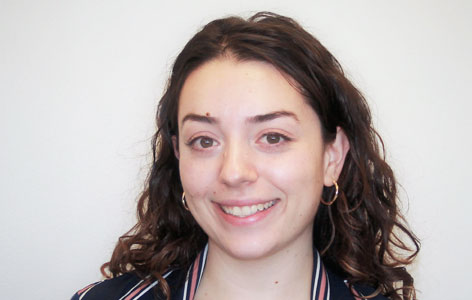
Conference: Association for Research in Vision and Ophthalmology (ARVO) Annual Meeting – April 29 - May 3, Honolulu, Hawaii, USA.
Conference Highlight: The ARVO Annual Meeting provides a space for clinicians, basic researchers, and industry leaders to collaborate and discuss advances in the field of vision sciences.
Conference Summary: This year’s conference covered a wide range of topics related to vision sciences. The majority of research presented at ARVO pertains to clinical optometry and ophthalmology, however many sessions also focused on molecular mechanisms, perception and industry innovations. The work presented at this conference has the potential for high impact research and improvements in patient care.
Thousands of key leaders were in attendance at this year’s conference. Dr. Jennifer Doudna, who discovered the CRISPR-Cas9 gene editing system, gave the keynote lecture. She shared her career journey, highlighted the utility of using CRISPR for ocular therapeutic development and stressed the importance of ethical regulations surrounding the technology. Special sessions discussed the links between retinal and neurodegenerative diseases. Interestingly, scientists have shown that a subpopulation of retinal neurons in the eye degenerate in Alzheimer’s patients and that these degenerating cells co-localize with amyloid beta plaques. This discovery may help advance the development of a novel, non-invasive imaging biomarker for Alzheimer’s Disease.
The predominant animal model of glaucoma presented at ARVO utilized magnetic microbeads. The injected microbeads block fluid channels in the eye, causing chronic, raised intraoccular pressure. This model offers several advantages as it induces a mild stress and glaucoma-like pathology, and is relatively easy to perform. On the topic of performing models of retinal degeneration in mice, the issue of fellow eye effects was also raised. Work from the Calkins lab demonstrated energy stores transfer between eyes in mice when one eye is stressed. This effect may lead to unexpected observations in the untreated, control eye.
Overall, ARVO 2018 was an incredible conference. It enables emerging researchers and trainees to networking, present their work and gain feedback, and learn from key leaders in the field. The conference was an excellent venue for opportunities and learning experiences relating to vision sciences.

